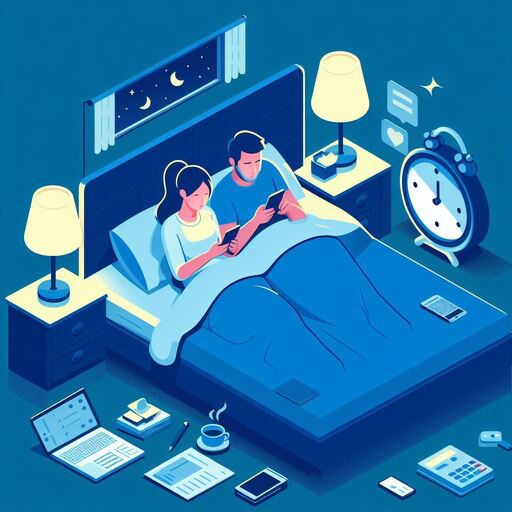
The screen glows with an eerie familiarity, its pull almost magnetic. But tonight, I resist. My teenager, oblivious, thumbs fly across their own digital landscape, lost in a world I can't access. It's a scene eerily similar to my own internal struggle. Am I any different, glued to newsfeeds and mindless scrolling when I should be present, engaged?
The truth is, the line between casual use and addiction is blurry. The dopamine rush of a new like, the constant stimulation of notifications, the fear of missing out (FOMO) – these are digital sirens, luring us into an ever-deepening spiral. We neglect responsibilities, relationships, even our own well-being, chasing the fleeting satisfaction of the next digital hit.
The consequences are real. Sleep suffers, replaced by late-night screen binges. Stress levels rise as we juggle the demands of the digital world with the real one. Productivity plummets, replaced by a constant state of distraction. Mental health takes a hit, with anxiety and depression lurking in the shadows of our neglected needs.
But there's hope. Just as we break other addictions, we can break free from the digital hold. Setting limits is crucial, establishing screen-free time and designated "do not disturb" zones. Seeking support, whether from family, friends, or even therapy groups, can provide the strength and accountability we need. Finding alternative activities, hobbies that reconnect us with the real world, can fill the void left by the digital escape. And practicing mindfulness, learning to be present in the moment without reaching for our phones, can break the cycle of mindless scrolling.
Breaking the digital habit isn't easy, but it's necessary. It's a fight for our attention, our well-being, and ultimately, our lives. And remember, we're not alone in this battle. Together, we can reclaim our digital selves and write a new chapter where technology serves us, not the other way around.